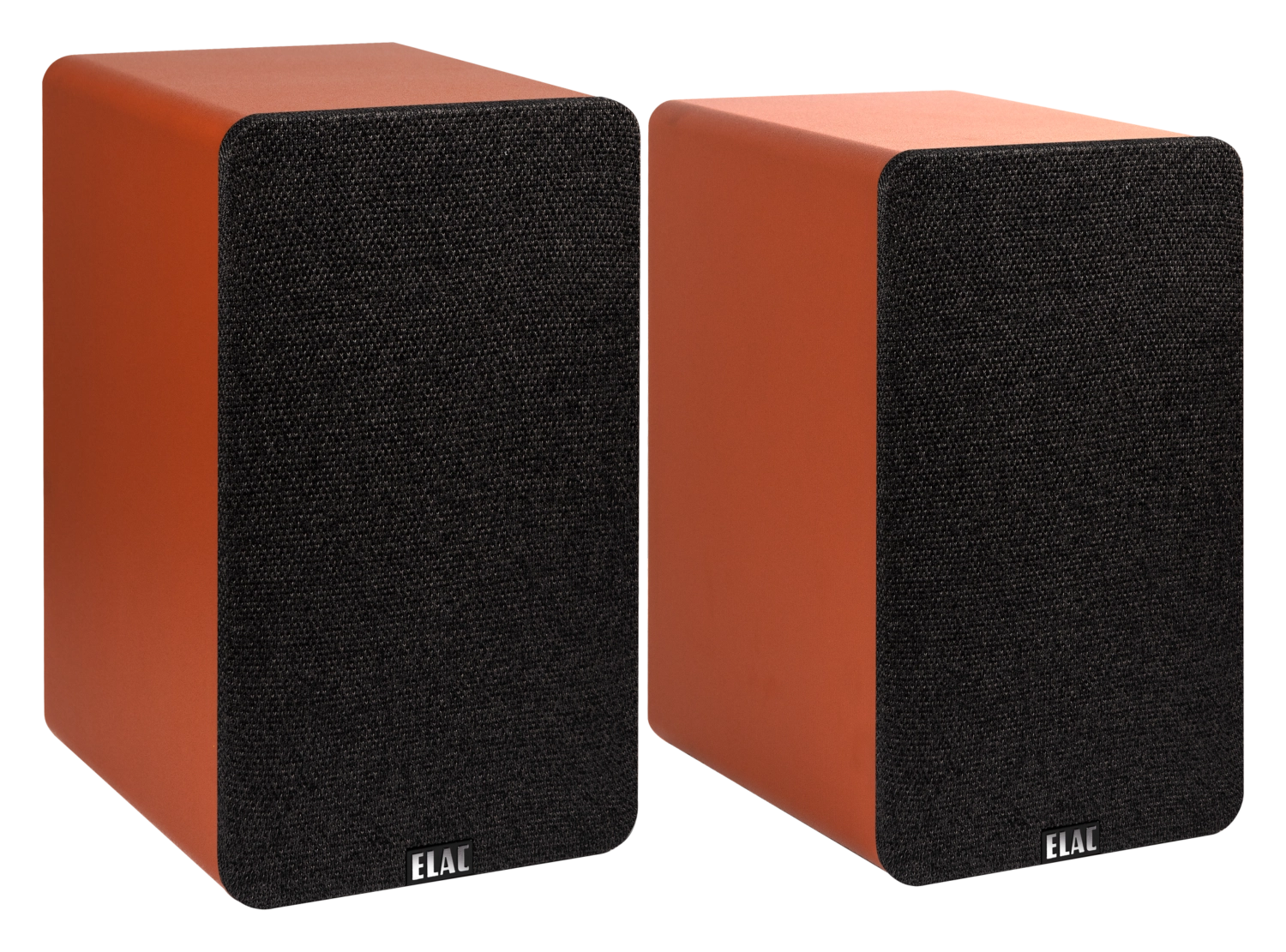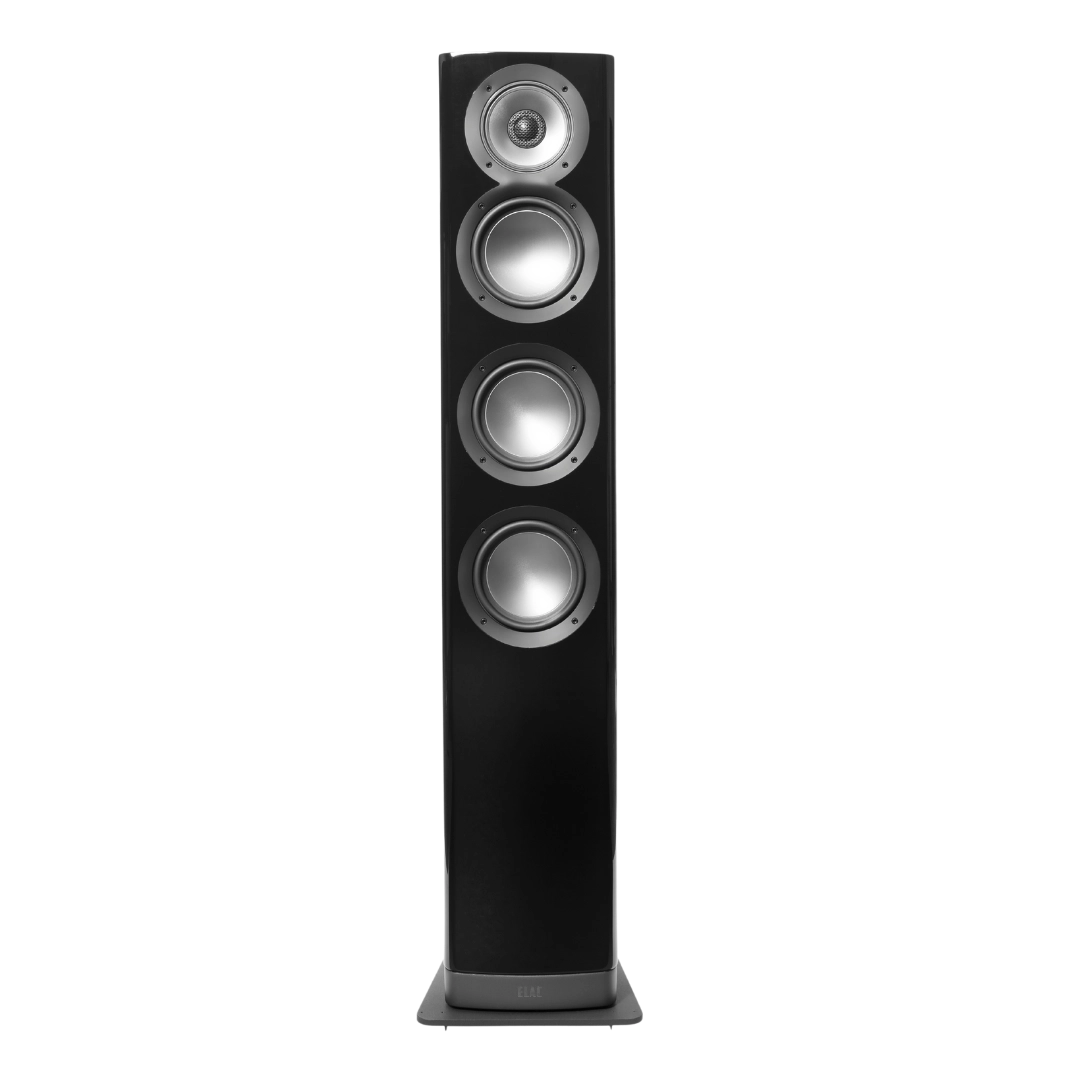What are Powered Speakers
You may have come across powered speakers in your search for a balanced and immersive sound experience. These speakers, also known as active monitors, offer plenty of benefits, such as easy integration, portability, compact design, and improved sound reproduction.
However, after discovering what powered speakers are, you may notice certain downsides, such as a lack of scalability, limited upgrades, and a higher initial cost. Because of this, some music enthusiasts wonder if active or passive monitors are better for them. Below, we’ll cover the answer to that question along with other crucial subjects such as:
- What are active speakers?
- What are passive speakers?
- Can you connect powered speakers to a receiver?
- Do powered speakers need an amplifier?
- Can you use powered speakers with a receiver?
- Do powered speakers need an amp?
What are Powered Speakers?
So, what are active speakers? Active speakers are also known as powered speakers or active monitors. They have built-in amplifiers, so you don’t need to purchase an external receiver or amplifier to power them. They have a dedicated amp for each driver, which allows for better control over the audio output creating better sound quality. An additional benefit is that they are convenient, portable, and easy to set up.
Advantages of Powered Speakers
Active speakers provide several essential advantages. However, it is important to note that these products vary by model and brand. It is best to research each specific active speaker to see if it has the features that suit your needs.
- Simple Design/Setup: Active speakers already have all the necessary components, such as the amplifier, cabinet, drivers, equalizers, and crossovers. You don’t have to worry if you have the right components because the manufacturer has already included all compatible parts. The only thing left is to connect your speakers to a power supply and the audio source, such as your entertainment system, computer, mobile device, or TV.
- High Fidelity: Since powered speakers are already paired with amplifiers designed to work best with them, you will get tailored amplification and increased reliability. The synergy between these components allows for optimized sound production. You can produce a perfect impedance that matches the amplifier’s capabilities, which creates a dynamic output range for the speaker.
- Price and Cost: Since you don’t need to purchase more equipment, you usually can save money. However, as a caveat, some high-end active speakers can be more expensive than most passive speaker systems. Pay attention to the cost and type of sound system you purchase.
- Reduced Interference: Active monitor systems can minimize signal degradation and interference, which occurs when you use long cables to connect your speaker to your amplifier.
- Better Connectivity: Many active speakers feature multiple connections such as Wi-Fi, Bluetooth, USB, and optical cables. These options offer better integration with digital sound sources such as your phone and computer.
Downsides of Active Monitors
After understanding what powered speakers are and their advantages, it helps to know their potential pitfalls. An active speaker also has downsides that you should be aware of. Consider these factors before you order a pair of these speakers.
- Size and Weight: Some active monitors are designed with large and heavy cabinetry, making them difficult to transport. Nevertheless, there are smaller versions that are easier to move, but they still weigh heavier than many unpowered speakers.
- Limited Upgrade Options: With active speaker systems, what you see is what you get. You have limited upgrade options since all components are already integrated, reducing their scalability. If you need a more robust set of speakers or amplifiers, you may have to buy a new set.
- Higher Upfront Cost: Some active monitor systems have a higher upfront cost, especially if you’re planning to purchase higher-end models. The increased price can be due to premium integrated components such as high-grade receivers and amplifiers.
- Potential for Obsolescence: Technology advances rapidly. Since the components of this system are built-in, you don’t have the option to replace parts of your system, making your unit obsolete when technology changes.
Frequently Asked Questions
Here are some of the most commonly asked questions when people are in the market for either active or passive speakers:
What are Passive Speakers?
Unlike powered or active speakers, passive speakers require a receiver or amplifier since they don’t have it built-in. This setup allows for greater flexibility since you can choose different components for your system.
Do Powered Speakers Need an Amplifier?
No, powered or active speakers don’t need an amplifier because they already have one built-in. You also don’t need to purchase a receiver for powered speakers. You can directly plug your audio/video equipment (TV, radio, computer, etc.) into the speaker. This self-contained setup eliminates the need for more equipment, thus reducing costs.
Can You Connect Powered Speakers to a Receiver?
Can you use powered speakers with a receiver? Yes, it is possible, though it is often not recommended. You can use this setup for audio processing, adding extra channels to your system, and specific integration requirements. It is important to note that if you connect an active monitor to a receiver, you must disable the receiver’s amplifiers to avoid audio issues such as redundant amplification.
When to Buy Powered Speakers?
Choosing the speakers that best suit your needs will vary from one person to another. If you’re after simplicity, convenience, easy integration, better audio control, and connectivity, an active speaker system can be best for you. However, a passive speaker system can be your best bet if you’re looking for budget-friendly options.
Check out our line of high-quality powered speakers if you’re in the market for systems that suit your style. You can also contact our specialists at ELAC Americas if you need help choosing the speaker system that suits your needs.


